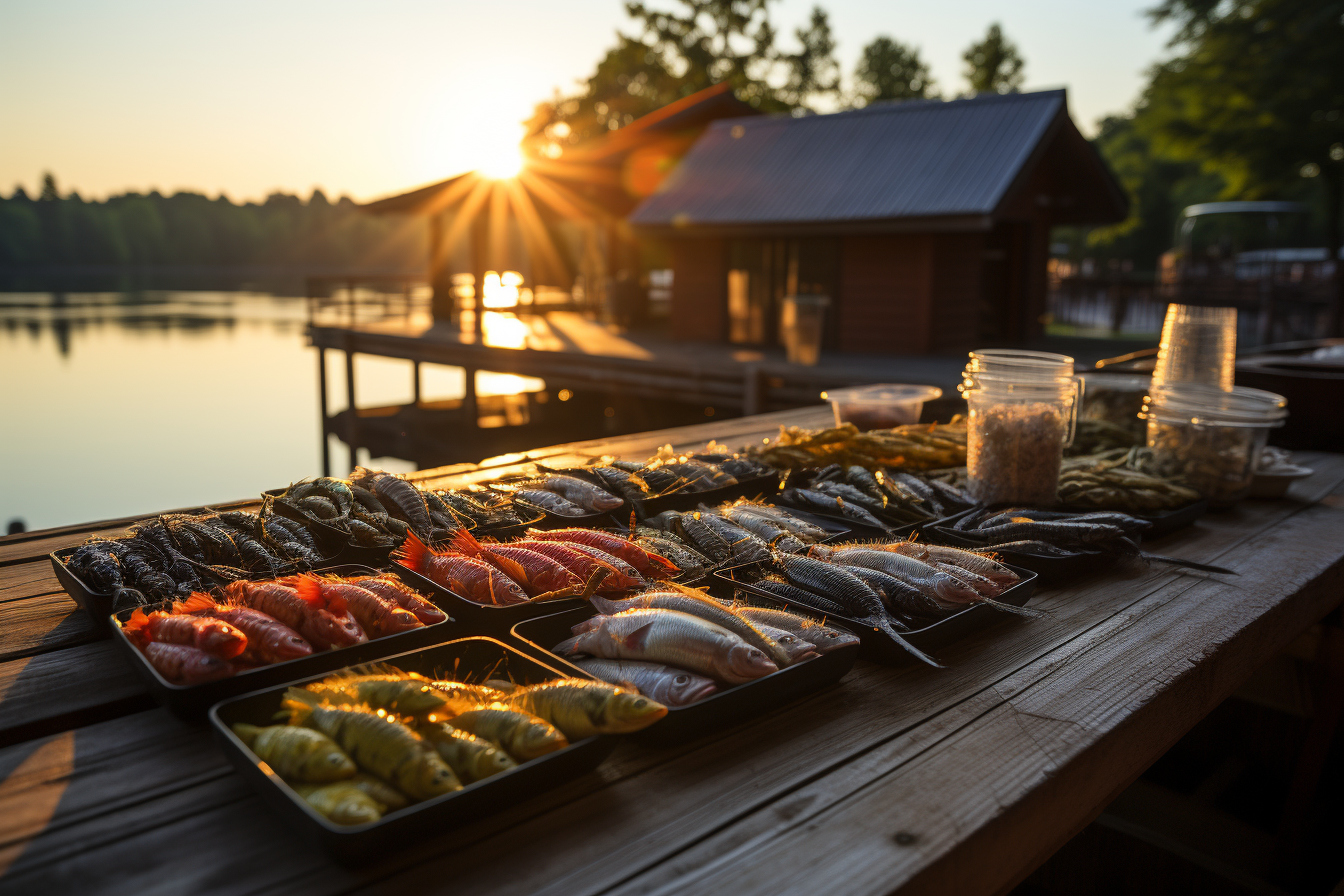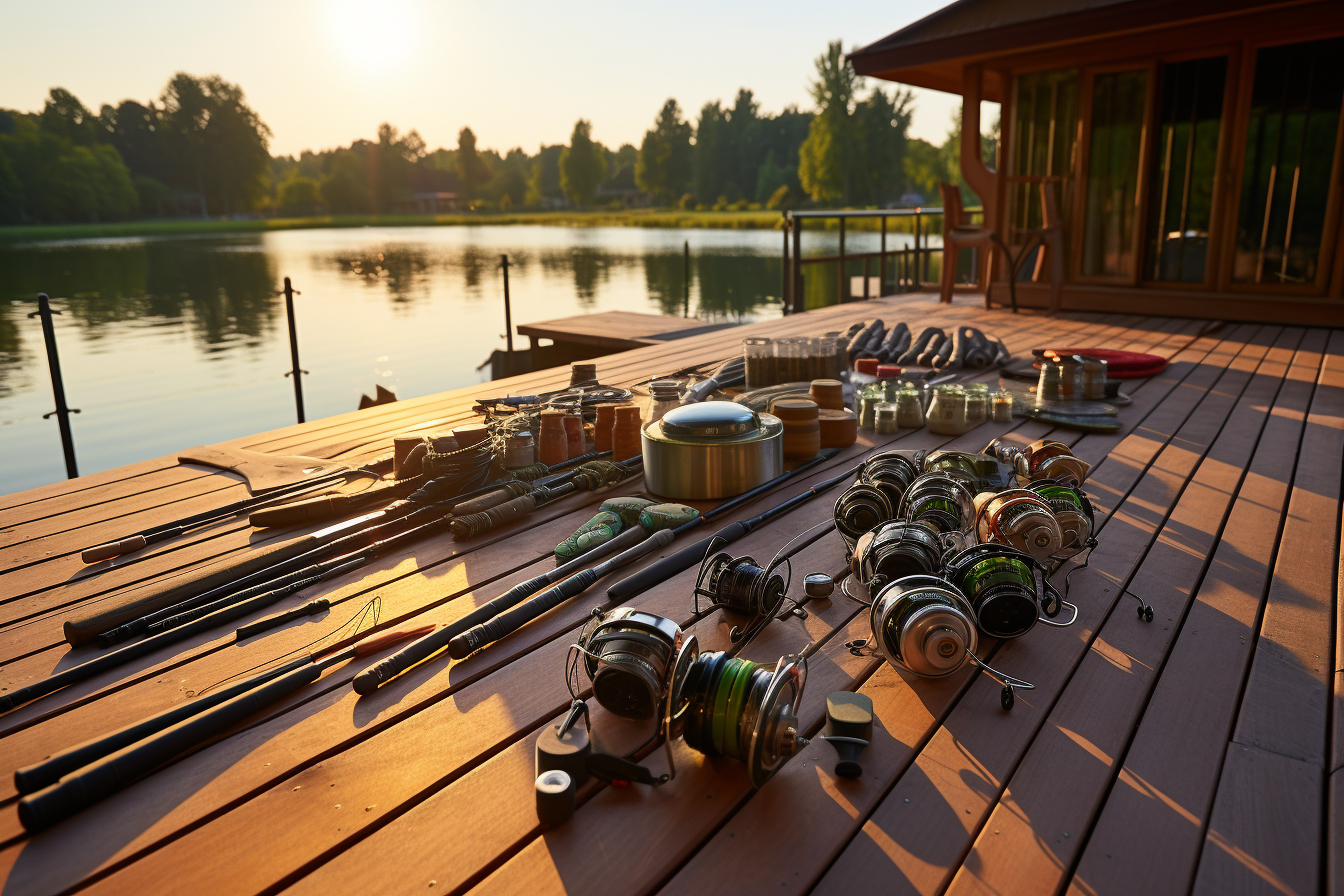Fishing is a popular activity around the world. However, before starting, it is important to choose the fishing technique that best suits your profile and preferences. There are different fishing techniques, each with their advantages and disadvantages.
How to find the ideal fishing technique for your profile?
It is important to take different factors into consideration before choosing the fishing technique that best suits your profile. Here are some things to consider:
- Angler profile: are you a beginner or an experienced angler? Do you have a preference for a particular fishing technique?
- Type of Fish: What type of fish are you looking to catch? Some fish are easier to catch with certain fishing techniques.
- Type of environment: where will you fish? Is it fresh water or sea? In a lake or a river?
By taking these different parameters into account, you will be able to choose the fishing technique that best suits your profile.

The advantages and disadvantages of the main fishing techniques.
Fly fishing
Fly fishing is a fishing technique that is carried out with a special fishing rod and an imitation fly. It is often used for trout or salmon fishing.
Benefits :
- A very precise and delicate technique that requires skill and patience
- The lures used resemble natural fish food, increasing the chances of catching fish
- A very enjoyable and relaxing fishing experience
Disadvantages:
- The technique is difficult to master and may require special training
- It is sometimes considered an expensive technique
- It may be less effective for fish species that do not feed on flies.
Coarse fishing
Coarse fishing is a fishing technique that uses a small fishing rod and a float. The fish is attracted to the bait, which is placed at a specific depth in the water.
Benefits :
- A technique that is easy to learn and less expensive than other techniques
- It is effective for fishing for fish such as carp, roach or bream
- It allows you to catch big catches
Disadvantages:
- The technique is less precise than other fishing techniques
- It often requires the use of live or fresh bait
- It may be less effective in rough waters or places with heavy fishing activity.
Trolling
Trolling is a fishing technique that involves dragging a lure behind a boat. This technique is often used for sea fishing.
Benefits :
- It allows you to cover large distances and catch large fish
- It is effective for fishing fish such as tuna, mackerel or salmon
- It offers a very dynamic and exciting fishing experience
Disadvantages:
- The technique often requires the use of a boat, which can be expensive
- It may be less effective in shallow water or fresh water
- It often requires a large quantity of equipment and lure.
The environmental impact of fishing
Each fishing technique, while being a passion for many, also has an impact on the aquatic environment. Although fishing is a hobby enjoyed by millions, it is essential to understand how it influences our ecosystems and how we can practice responsible fishing.
Fragile ecosystems: Fishing areas, whether lakes, rivers or oceans, are complex ecosystems where each species plays a crucial role. Overfishing of one species can unbalance that ecosystem, leading to a cascade of effects on other species.
Techniques and their impact: While fly fishing can be less disruptive because it targets specific species with very specific lures, other techniques like trolling can have a broader impact. Trolling, by covering large areas of water, can sometimes catch unwanted species, called bycatch.
Responsible fishing: To minimize the impact on the environment, it is important to adopt responsible fishing practices. This may include releasing unwanted fish, using less invasive techniques and being aware not to overfish.
Regulations in place: Many countries and regions have implemented regulations to protect aquatic ecosystems. These rules may include fishing quotas, specific seasons, and protected areas where fishing is prohibited.
The importance of awareness: As fishermen, it is essential to be informed and aware of the impact our hobby can have. Education and awareness can play a key role in ensuring that future generations can also enjoy fishing.
The cultural and historical dimension of fishing
Fishing, in addition to being an activity practiced all over the world, is also deeply rooted in the history and culture of many peoples. Understanding this cultural and historical dimension can not only enrich the fishing experience, but also offer a more global perspective of this ancestral practice.
Fishing traditions, passed down from generation to generation, are often specific to a region or community. Depending on locally available resources, unique techniques and methods have been developed. For example, harpoon fishing practiced by certain indigenous peoples, or trap fishing used in certain regions of Asia.
The importance of local knowledge
Local knowledge is a wealth of valuable information that can greatly benefit fishermen, whether novice or experienced. This knowledge is often the result of observations and experiences accumulated over long periods, allowing a detailed understanding of local ecosystems and the behavior of fish species.
Tales and legends related to fishing are also an important element of local culture. These stories, often passed down orally, are imbued with lessons and values that can offer an enriching perspective on the importance of environmental preservation and respect for natural resources.
Fishing festivals and celebrations
Around the world, fishing is often celebrated through festivals and special events. These opportunities are a great way to immerse yourself in local culture and participate in traditional activities. Whether it’s the sardine festivals in Spain, the shrimp festivals in Louisiana, or the ice fishing competitions in Scandinavia, each event offers a unique experience.
Choosing the right fishing equipment based on your technique
Having the right equipment is crucial to maximizing your chances of success on your fishing trips. Although technique and experience are fundamental, equipment adapted to the chosen fishing technique can make all the difference. In this section, we will explore how to choose the ideal equipment for different fishing techniques, making sure to provide you with relevant information to improve your fishing experience.
Know how to adapt your equipment to your technique
When we talk about fly fishing, the rod, reel and line are specifically designed for this practice. But what about other fishing techniques?
For the coarse fishing, it is essential to have a telescopic or handle rod, combined with a float adapted to the size of the bait and the weight of the targeted fish. The choice of hook and line is equally crucial, as it must match the size and species of fish you want to catch.
There trolling at sea requires robust equipment. Rods should be strong and capable of supporting the weight of heavy fish, while reels should have a large line capacity to allow fish to pull without risk of breakage. Additionally, using specific lures, such as spoons or feathers, can increase your chances of catching fish such as tuna or mackerel.
The importance of the reel
The reel is one of the most important pieces of fishing equipment. It allows you to retrieve the line, control the fish during the fight and adjust the line tension. A good reel must be fluid, durable and adapted to the type of fishing practiced. For example, for sea fishing, a spinning reel is often recommended due to its robustness.
The line: much more than a simple thread
The choice of line is also essential. It must be strong enough to withstand the tension when fighting with the fish, but also discreet enough not to frighten the fish. There are several types of lines: monofilament, braid, fluorocarbon… Each has its advantages and disadvantages, and the choice will depend on the fishing technique and the preferences of the fisherman.













